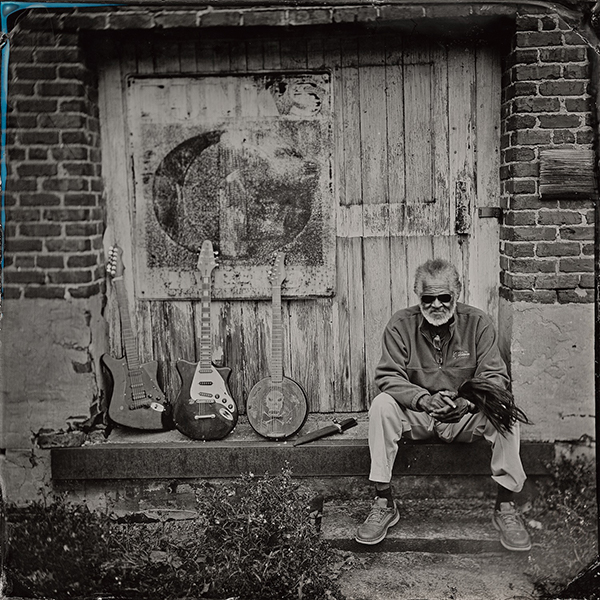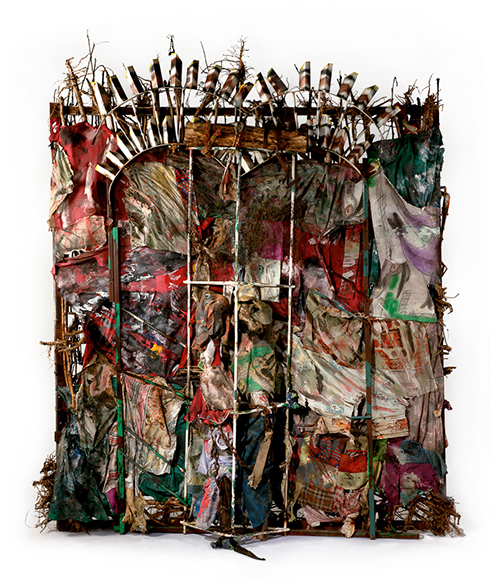Art, Resistance and Civil Rights

I ain’t interested in material things.
They mean nothing to me.
You take everything that’s in our body and it’s contained right down there in that dirt.
When you think about it,
that whole great big body you’ve got there,
what controls it fits on the head of a pin.
Death is the price everybody pays for living.

At its most powerful, art is transformative. Because of this, art is crucial to the ongoing struggles for civil rights In the United States.
The Civil Rights Movement that occurred in the US in the 1950s and 60s was an effort to transform society. While it achieved a measure of success, aspects of the struggle continue. We see this, for example, in the ways contemporary African American communities are plagued by police brutality and mass incarceration.
History shows us that the lasting transformation of society requires not just new laws and policies, but the transformation of the individuals who make up society. People have to be changed in their minds, hearts, and spirits.
We need art for this kind of transformation.
African American artists in the South created a tradition of visual art that embodied the notion of transformation at the heart of the Civil Rights Struggle. Mixed-media creators like Thornton Dial, Purvis Young, and Lonnie Holley all used everyday objects in their work; anything from plywood to sticks to tires to rope. These artists transformed the things around them into deeply expressive creations. Their works articulate things that words cannot. They reveal the interconnectedness of all things, human and non-human. And they show us—like a mirror—the desire for transformation within each of us. Thornton Dial said in a mid-1990s interview: “The struggles that we all have did, those struggles can teach us how to make improvement for the future. Art is like a bright star up ahead in the darkness of the world.”

Freeman Vines is part of this tradition of transformative artists. His work embodies art’s ability to bring the darkness of the past into the light.
African American novelist and playwright James Baldwin wrote in a 1962 essay, “Not everything that is faced can be changed; but nothing can be changed until it is faced.”
Art can bring us face to face with what we want to change. And it can give us a way to face it. A collective reluctance to face our history of racial inequality ensures that such inequality will continue. But bringing it into the open gives us a chance to transform ourselves and our society. Freeman Vines’ work opens one door to that possibility.
Exhibition commentary written by Dr. Will Boone, Lecturer of Music, NC State University
Explore more about these issues in American life
SUGGESTED READING & FILMS
- Souls Grown Deep, Vol. 1: African American Art of the South: The Tree Gave the Dove a Leaf by Paul Arnett and William S. Arnett
- Film: The Man is the Music, Lonnie Holley documentary
- Film: I Am Not Your Negro is a 2016 documentary film based on James Baldwin’s unfinished manuscript Remember This House.

